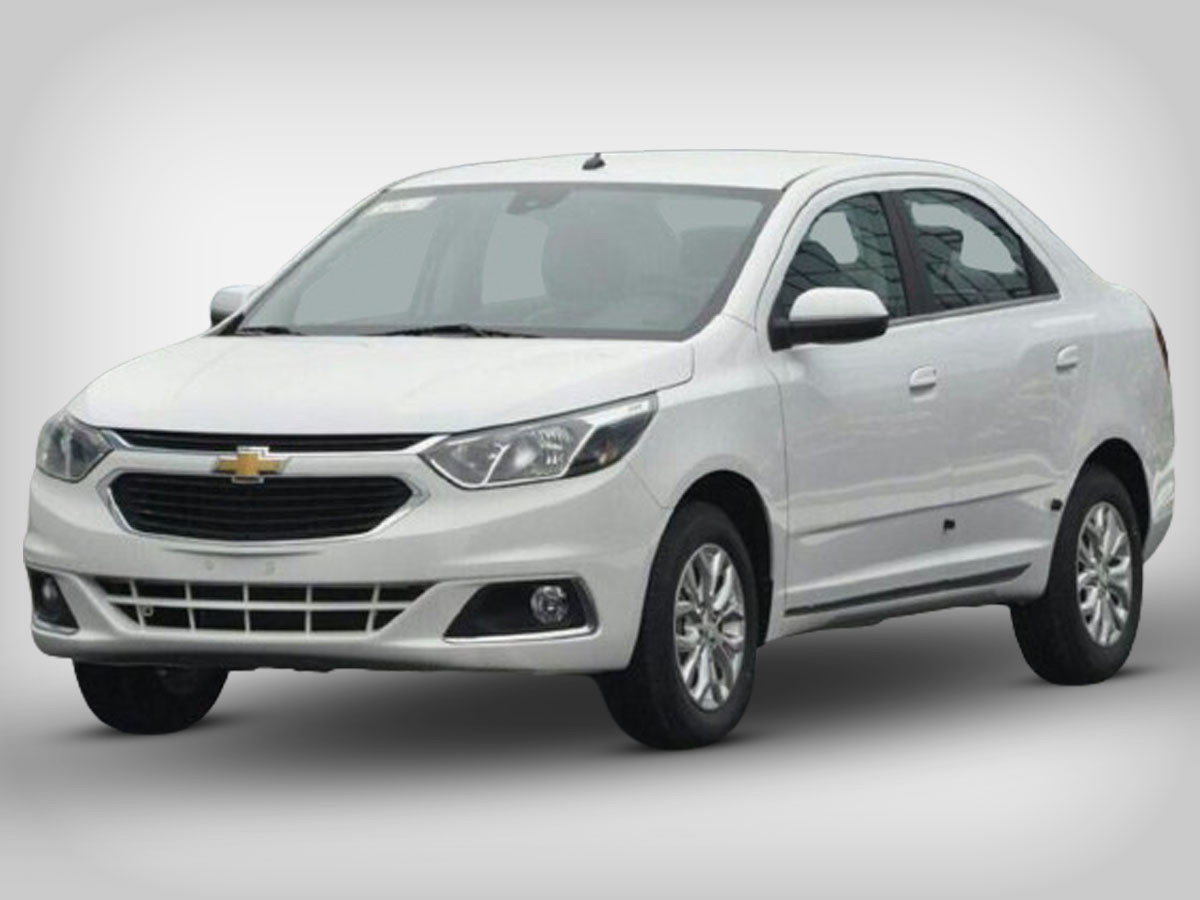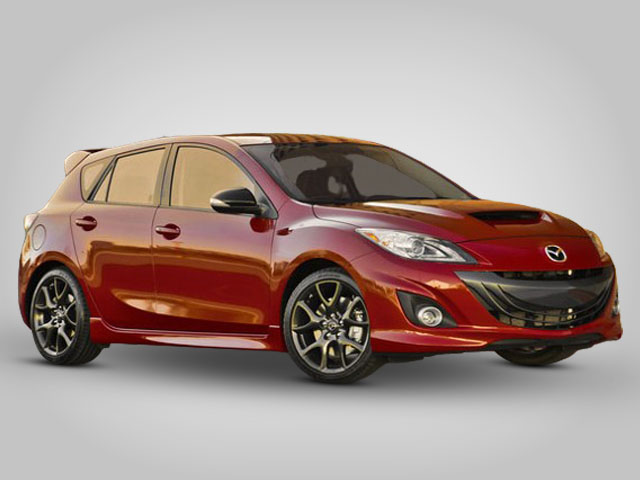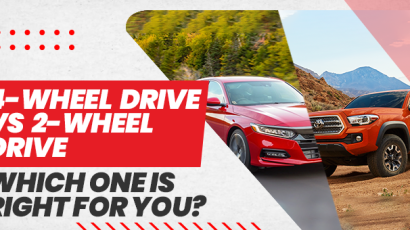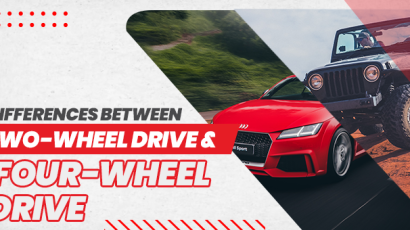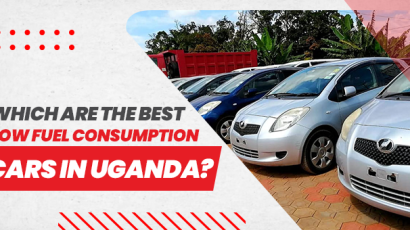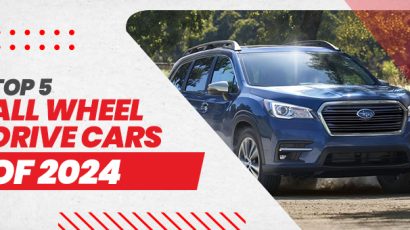
In the automotive world, have you ever come across the acronym “FWD” and wondered what does FWD mean? It holds significant meaning, representing a fundamental aspect of vehicle design – the drivetrain layout. Front-wheel drive, or FWD for short, is a setup in which the engine’s power is sent to the front wheels to move the vehicle forward. This layout stands in contrast to rear-wheel drive (RWD) and all-wheel drive (AWD) systems, each offering unique advantages and disadvantages
In this article, we will shed light on what the drivetrain signifies and the types of drivetrains. We will also explore what is FWD in cars and the advantages and disadvantages of all kinds of drivetrains. Lastly, we’ll take a look at the fastest FWD cars of all time. You can find these used cars for sale in Japan easily through our website.
What Is A Drivetrain?
A car’s drivetrain is the mechanism that transfers power from the engine to the wheels so that the vehicle may move. It includes the engine, gearbox, driveshaft, differential, and axles, among other parts. Essentially, the drivetrain converts the power generated by the engine into rotational force, propelling the vehicle forward or backward.
How this power is transmitted to the wheels depends on the drivetrain arrangement, which can be front-wheel drive (FWD), rear-wheel drive (RWD), all-wheel drive (AWD), or four-wheel drive (4WD). Moreover, this influences factors like traction, handling, and overall performance.
Types of Drivetrain Layouts
Front-wheel drive (FWD)
In FWD vehicles, the engine and transmission are situated transversely, meaning they are positioned sideways across the car’s width. Consequently, this arrangement allows for a compact and space-efficient design, making FWD a popular choice for smaller cars and family sedans.
Advantages of FWD:
- Improved traction in slippery conditions.
- Enhanced fuel efficiency due to reduced drivetrain weight.
- Simplified construction and lower maintenance costs.
Disadvantages of FWD:
- Reduced steering feel and responsiveness.
- Diminished towing capacity.
- Potential for torque steer, a pulling sensation to one side under acceleration.
Rear-wheel drive (RWD)
In RWD vehicles, the engine and transmission are positioned longitudinally, aligned with the car’s length. Basically, this layout favors a more balanced weight distribution, often preferred for performance-oriented vehicles.
Advantages of RWD:
- Superior handling and driving dynamics.
- Enhanced towing capacity.
- Limited torque steer.
Disadvantages of RWD:
- Reduced traction in slippery conditions.
- Lower fuel efficiency due to increased drivetrain weight.
- More complex construction and potentially higher maintenance costs.
All-wheel drive (AWD)
Power is sent to both the front and back wheels using a more sophisticated powertrain arrangement in AWD cars. As a result, this configuration offers enhanced traction and stability under a wide range of driving conditions.
Advantages of AWD:
- Superior traction in slippery conditions.
- Enhanced stability and control on challenging terrain.
- Ideal for off-road and winter driving.
Disadvantages of AWD:
- Increased fuel consumption due to additional powertrain components.
- Higher maintenance costs compared to FWD or RWD.
- Added weight and complexity to the vehicle’s structure.
Also read: Discover the Top 5 Toyota Second-Hand Cars for Sale
Choosing the Right Drivetrain
The choice between FWD, RWD, and AWD depends on individual driving needs and preferences. While FWD offers practicality and fuel efficiency, RWD appeals to enthusiasts seeking a more engaging driving experience. Moreover, AWD provides optimal traction and control for those who frequently encounter adverse weather conditions or off-road terrain.
The Quickest FWD Cars
If you prefer having a front-wheel drive vehicle and feel it is the right choice for your driving needs, we’ve rounded the quickest FWD cars. You can find out more about them and review them on SBT Japan. It lists multiple used cars for sale in Japan, making it easier to compare and purchase. So, let’s review these vehicles below:
Chevrolet Cobalt
One of the vehicles that top the list for the quickest FWD cars of all time is the Chevrolet Cobalt SS variant. This compact sedan originally came with an inline-four engine, giving 205 horsepower. However, the turbo four-cylinder engine with 260 hp really gives it the power that makes it stand out.
The Cobalt SS trim stands apart due to its price and looks. Standard safety features across the Cobalt lineup include curtain side-impact airbags, dual front airbags, and tire-pressure monitoring. You will find the four-wheel disc brakes and stability control on the SS trim.
The Chevrolet Cobalt SS trim is a fun-to-drive and agile vehicle. It also includes a sports suspension, 18-inch forged aluminum wheels, a seven-speaker Pioneer stereo, and sports seats.
Honda Accord Automatic
The Honda Accord sedan is another FWD vehicle that gives a powerful drive. This is due to the turbocharged four-cylinder engine that replaced the longtime V-6 engine. However, the Honda Accord Automatic is one of the finest vehicles that gives consistent performance.
The Accord boasts a bold exterior and has other engine variants as well. Its spacious interior, graceful handling, and reasonable pricing keep making it earn the love and admiration of car enthusiasts.
There are two engine options with the four-cylinder turbocharged. These include a base 1.5-liter and a 2.0-liter upgrade. The 2.0-liter engine gives a horsepower of 252 and 273 lb-ft of torque. With the base engine, you get 192 horsepower and 192 pound-feet of torque. The 2.0-liter engine gives a refined, quiet, and smooth ride.
Mazdaspeed 3
The Mazdaspeed 3 was known as the most unruly sport compact car when it launched. This is due to its turbocharged 2.3-liter inline-four engine that combines a six-speed manual transmission and gives exceptional acceleration.
The Mazda 3 is not short of any sort of action. It gives 263 horsepower and 280 pound-feet of torque while returning 18 mpg when flogged. It sits on 18-inch wheels, and the interior is tasteful with a high-quality finish.
Volkswagen Scirocco
Another front-wheel drive car that you can consider is the Volkswagen Scirocco. It gives some incredible numbers, including a quarter mile in 13.6 seconds at 101 miles per hour. The R trim of this vehicle comes with a 2.0-liter inline-four turbocharged engine that puts down 261 horsepower.
Furthermore, it comes with an optional dual-clutch automatic transmission. Inside, the Scirocco typically offers a well-crafted and driver-focused cabin. The interior design showcases a blend of quality materials, comfortable seating, and intuitive controls.
Hyundai Sonata
The Hyundai Sonata is a midsize sedan that has consistently garnered attention for its blend of comfort, value, technology, and overall reliability. The Hyundai Sonata boasts a modern and elegant exterior design characterized by its distinctive grille, sleek lines, and stylish LED lighting.
With a 2.5-liter turbocharged inline-four engine that produces 290 horsepower and an eight-speed dual-clutch automatic gearbox, the Sonata is undoubtedly a performance. Excellent materials, cozy seats, and enough room for both front and rear passengers can be found within the well-thought-out Sonata interior.
Hyundai’s commitment to integrating advanced technology is evident in the Sonata. The sedan typically comes equipped with an array of tech features, including touchscreen infotainment systems, smartphone integration (such as Apple CarPlay and Android Auto), Bluetooth connectivity, USB ports, and available wireless charging, catering to modern connectivity needs.
End Word
In short, the decision on whether to choose 4WD, AWD, RWD, or FWD depends on a number of variables, including driving style, vehicle type, and personal preferences. To meet various driving objectives, each drivetrain arrangement has a unique mix of benefits and downsides. Understanding the distinctions among these drivetrains empowers consumers to make informed decisions when selecting used cars for sale in Japan that align with their driving requirements and preferences.



